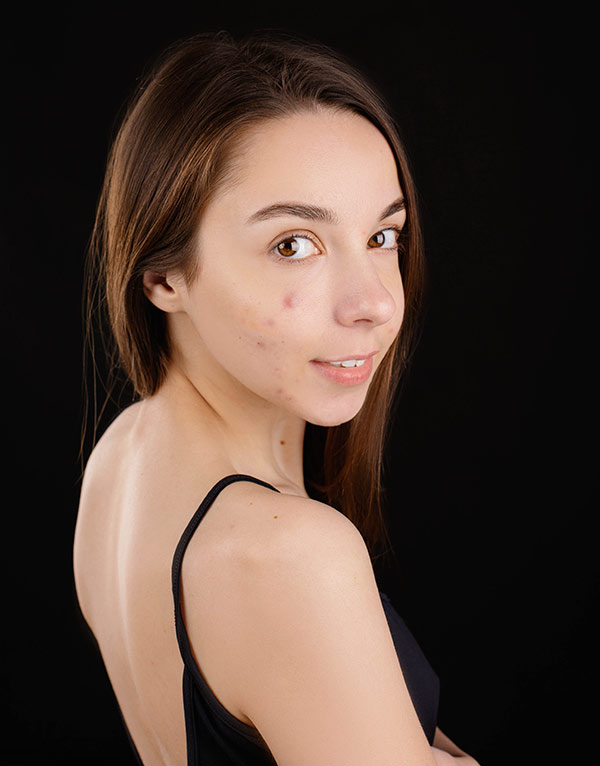
Acne is the most common skin condition and is often mistaken to be an exclusively-teenage problem, along with a number of other myths. It’s important to realize that acne goes beyond the teenage years for many adults and there are right ways and wrong ways to treat it.
Pimples, bumps, unsightly redness and pock scars are all infamous signs that characterize the embarrassing skin condition known as acne. It’s a common misconception that acne is a problem that only teenagers have to deal with, when in fact nearly 12 million Americans suffer from acne well past adolescence and 50 million are left with scars. Acne is a common skin condition that results from three contributing factors: overproduction of oil, irregular shedding of dead skin, and bacteria build-up. The plugged pores create breakouts and lesions called pimples, zits, whiteheads, blackheads, nodules or cysts, depending on the severity of the acne.
Accutane, is an oral medication and one of the most popular acne treatments and works to dramatically reduce the size of the skin’s oil glands, which in turn reduces the amount of oil secretion. The amount of acne bacteria present in the skin decreases in response to a reduction in oil production. In addition, Accutane’s anti-inflammatory properties also help to smoothen and calm the skin and encourage healing from previous acne breakouts.
Retin-A is a medication used to treat comedonal acne, which is acne with both blackheads and whiteheads, and is available in cream or gel form by prescription only. People who experience post-inflammatory hyperpigmentation left behind from acne breakouts, have also found Retin-A has the ability to reduce the look of dark spots and discoloration. It works by speeding up cell turnover rates, which clears the skin and encourages healthier skin growth.
A different kind of treatment that has shown significant improvement in cystic acne patients is photodynamic light therapy. The non-invasive acne treatment has shown effective results in controlling cystic acne and to preventing scar formation. After a light absorbing agent is applied to the skin, light or laser is administered to the area of treatment. When combined with the V-Beam laser, redness of acne and acne scars also dramatically improves.
Another non-invasive approach to acne treatment is Isolaz, a laser that uses Photopneumatic technology and a pore cleansing vacuum to extract dirt, blackheads and the problematic excess oil found deep within the pores. Isolaz’s broadband light reduces the bacteria within the pores and ultimately reduces redness immediately after treatment. After treatment, the patient is left with cleaner, more purified skin, and once the skin is relieved of acne-causing bacteria the skin will reveal a smoother surface.
Fraxel, fractional resurfacing, is a non-invasive laser treatment that works by emitting micro-damage into the skin in order to stimulate new, healthy collagen growth. Dr. Rokhsar also has extensive experience with the treatment of acne scars and has published the first report on acne scar treatment with fractional resurfacing. The proper care and treatment of acne is important to avoid scarring in the first place.
There are many common misconceptions that need to be cleared up before acne can be correctly treated. The most common misconceptions can seem harmless, but have the ability to cause serious damage to acne sufferer’s skin if blindly followed.
Visit tomorrow to find out the top myths and what’s really true!

 Dr. Rokhsar was chosen by
Dr. Rokhsar was chosen by 






